The Kelvin connection is basically a dedicated small signal connection straight from the SOURCE/EMITTER of the die, dedicated for control.
The reason this is done as oppose to using the SOURCE/EMITTER which carries the main current is to mitigate inductive voltage changes on the gate-source/emitter when switching current.
As devices switch faster this inductive drop can be enough to turn the device in/off.
It can be compared to the Kelvin connections on sensing components (sense resistors, NTC/PTC) where their primary concern is to minimise measurement error due to additional voltage due to harnessing and associated current.
Consider the image below. A MOSFET and a gate drive as part of a H-Bridge. Essentially this is how you would capture the circuit, but this is not the complete picture:
The package will have stray inductance and equally a classic 3-pin FET/IGBT will have lead inductance, and poor layout can result in poor control.
With higher current or higher switching speed, the voltage developed across the stray source inductance will increase. A TO-247 will typically have around 20nH of D-S inductance, roughly speaking split in half per pin. With current of 100A switching in 200ns, the resultant voltage developed across this pin, \$V = L \frac{dI}{dt}\$ or 5V, while the gate is being charged or discharged, effectively reduces the voltage from the driver, reducing or limiting switching speed.
To mitigate this, manufacturers of devices for power applications provide an auxiliary Source/Emitter connection to permit gate voltage control without transient behaviour due to the main current carrying connection:

Typically this is done via an additional bondwire (thinner gauge as it does not need to carry current) onto the Source/Emitter pad of the die, routed to the auxiliary Source/Emitter pin.
From: CREE 1200V SiC Module teardown reverse costing report published by Yole Developpement - slideshare.net
Another example of the kelvin source connection:
From: The Odd Couple: Silicon and Carbon Don’t Love Each Other. But When They Iron Out Differences, Their Marriage Can Be Revolutionary - GE
